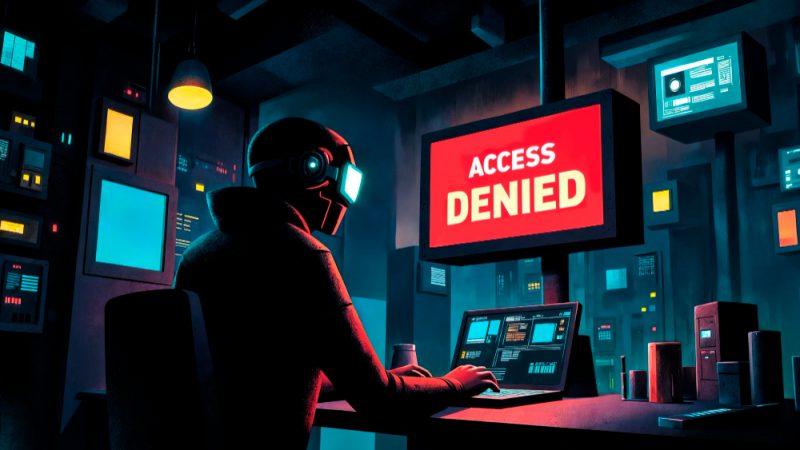What You Need To Protect Against Ransomware

Are you looking for a way to protect your business in the current environment? If so, you need to think about computer viruses. They are a significant threat, and one of the biggest threats is ransomware. So, what is ransomware? This is a specific type of computer virus that will encrypt all of your files. As a result, you will not be able to access them until you pay a ransom. Even though you may try to free your computer from the virus, you will probably lose more money in terms of lost productivity when compared to the fine. On the other hand, there is no guarantee that your files will be released after you pay the ransom. Therefore, the best way to deal with this type of attack is to prevent it from happening in the first place. How can you protect against ransomware?
First, you need to educate your employees about ransomware attacks. One of the most common reasons why ransomware attacks take place is that someone at the company falls victim to a phishing attack. For example, someone may try to pose as a member of the company. Then, they will try to convince one of your employees to surrender their login credentials. Once this happens, they have access to your confidential information, and they can upload a virus to the server. Make sure your employees know that they should never surrender their login credentials via email. That way, you can reduce the chances of one of them falling prey to a ransomware attack and you can Protect Against Ransomware.
1. Educate Your Employees
First, you need to educate your employees about ransomware attacks. One of the most common reasons why ransomware attacks take place is that someone at the company falls victim to a phishing attack. For example, someone may try to pose as a member of the company. Then, they will try to convince one of your employees to surrender their login credentials. Once this happens, they have access to your confidential information, and they can upload a virus to the server. Make sure your employees know that they should never surrender their login credentials via email. That way, you can reduce the chances of one of them falling prey to a ransomware attack.
2. Update Your Security Systems
Next, you need to update your security systems regularly. Even though it can be frustrating to have to restart your computer from time to time, keep in mind that there are important updates that need to be installed. For example, there might be a major security patch that can fix a vulnerability in your system. If you do not update your system regularly, it could be vulnerable to a ransomware attack. If there is an update ready for your computer, try to install it as quickly as possible.
3. Invest in Penetration Testing
Speaking of potential vulnerabilities in your system, you also need to invest in penetration testing. What this means is that you can hire people to test your firewall. Then, if they find a flaw, they can let you know. The point of this is to give you the chance to patch issues in your security system before they are exploited by a hacker. If you have not tested your security systems from time to time, you may want to do so now. That way, you can find the potential holes in your cybersecurity before they are uncovered by a hacker.
4. Back Up Your Files Appropriately
Next, you must make sure you backup your files regularly. If you are hit by a ransomware attack, how are you going to keep your business operations going? The only way you’ll be able to do so is if you restore your information from a backup copy. In general, you should try to follow the 3, 2, 1 rule of data backup. This means that you should try to have three separate copies of your data stored in two different locations. One of these locations should be off-site, meaning that the files are isolated from the network. If your backup is still connected to your network, your backup files could be encrypted as well. This is why you should have a copy stored off-site.
5. Least Required Access
Finally, you need to practice least required access. What this means is that you should not give your employees access to files that they do not need to do their jobs. This does not mean that you do not trust your employees. It means that if they surrender their login credentials to someone else, that individual does not gain access to all of your files. They only gain access to the files that the employee had access to. Ensure your employees do not have access to more files and they need to do their jobs.
Protect Against Ransomware
These are a few of the most important tips you need to keep in mind if you would like to protect your systems against ransomware. Ransomware attacks can be serious, and it can be nearly impossible for you to free your files if you fall victim to one. As a result, the best thing to do is to prevent them from impacting your systems in the first place. Keep in mind that this is not something you need to go through on your own. If you really want to make sure that you have the best protection available, you need to reach out to a professional team that can assist you.






